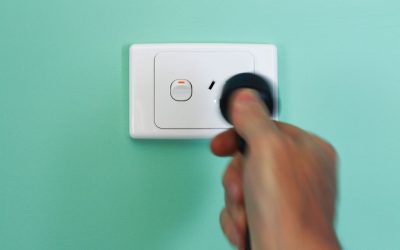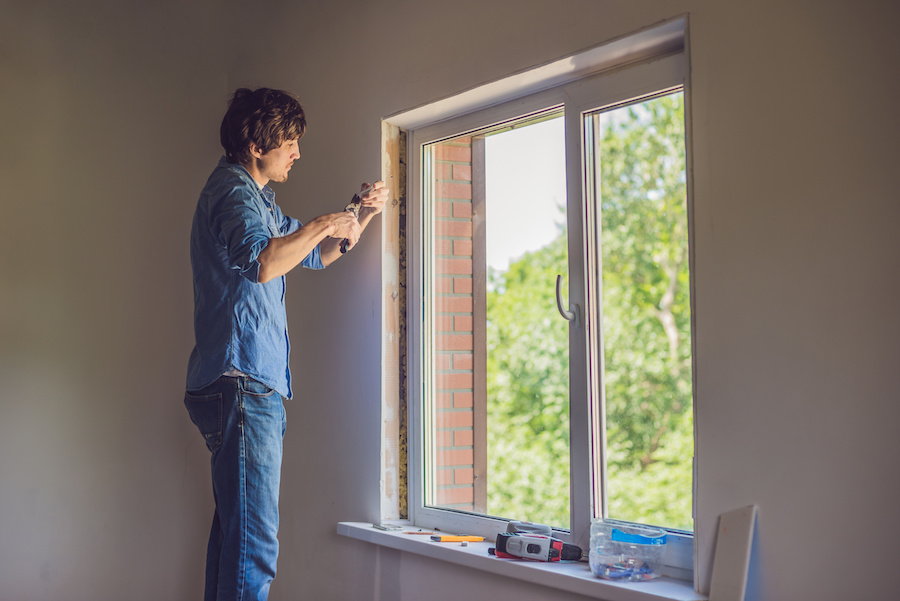So, you’ve got a shed in the backyard – and it’s more than just a place to stash your lawnmower. Maybe you’re setting up a little workshop, turning it into a home office, or just want some lights and power for the occasional project.
Whatever the plan, at some point, you’ll need electricity.
But running power to your shed isn’t as simple as rolling out an extension lead and calling it a day. If you want to do it right (and legally), there are a few key things you need to know.
Here’s a practical, no-fuss guide to getting the job done safely – and without copping a fine.
What do you actually need power for?
Before you go ringing up your local electrician, take a moment to think through how you’re going to use the space. Will you just need a couple of power points for lights and tools?
Or are we talking about powering up a full-on home office with a heater, Wi-Fi gear, and maybe a fridge?
Write down:
- Everything you might plug in
- Whether you’ll use them all at once
- How often the shed will actually be in use
This will help your electrician figure out how much power you’ll need, and what kind of cabling and safety features to install.
Two main ways to get power out there
There are a couple of routes you can take, depending on how far your shed is and what you plan to do with it.
1. A dedicated line from your home
For simple setups, a licensed sparkie can run a dedicated line from your home’s main switchboard directly to the shed. This works well if you’re only running a few lights and appliances.
2. A Sub-board for the shed
If you’re setting up something more serious – say, a proper workspace or you’re running multiple power tools – a sub-board in the shed itself might be the better option.
It acts like a mini switchboard, giving you more control and better protection. Yes, it’ll cost more, but it’s worth it for the peace of mind and flexibility down the track
Underground vs Overhead: Which works best?
Most Aussies go for underground cabling – it’s tidy, weatherproof, and less likely to get damaged. You’ll need a trench dug between the house and the shed, with conduit laid to protect the wires. The depth matters too – usually around 600mm if it’s carrying mains power.
Overhead cabling can still work in some situations – say if your shed’s a long way from the house or trenching just isn’t practical.
It’s cheaper and faster but can be a bit of an eyesore and might require council approval.
This bit’s important: No DIY
Look, we all love a bit of DIY in Australia. But when it comes to electrical work, it’s a firm no. “It’s not just unsafe – it’s illegal unless you’re a licensed electrician,” says Electrician Near Me. That includes connecting wires, installing switches, or even wiring a power point.
A proper sparkie will:
- Use the right cabling and safety switches
- Install everything to current Australian standards
- Test the system properly
- Give you a compliance certificate, which you’ll need for insurance
Trying to save a few bucks by doing it yourself just isn’t worth the risk.
Safety first – Always
If you’re planning on adding a gas heater or any other gas-powered appliance to the shed, you must ensure safety first.
Gas might feel simple, but leaks and dodgy connections are nothing to mess with. A regular check can save you from big problems later.
Electrically, your shed will also need:
- RCDs (those lifesaving switches that cut power instantly during a fault)
- Proper earthing, especially if your shed is separate from the house
- Surge protection, if you’re plugging in computers or sensitive gear
Once you’ve got power – What’s next?
Now’s the fun part: deciding what to do inside the shed.
Here are some easy wins:
- LED strip lighting for clear, bright light that won’t run up the bill
- Motion-sensor lights outside for safety and convenience
- Double power points near benches, tools, or desks
- Ventilation if you’re using anything that produces heat
Even if you only need a couple of outlets now, think ahead. It’s easier to install extra points while the job’s being done than to get someone back later.
Final things to keep in mind
Check with your local council before you start. Some areas have rules about overhead wiring, trenching, or shed modifications.
Think long-term: Even if it’s just a garden shed now, it could be your future studio, office, or guest room.
Label your circuits clearly if you install a sub-board – it’ll make your life easier down the road.
Don’t rely on extension cords: they’re a short-term fix, not a safe permanent solution.
Wrapping up
Getting power to your shed opens up a world of options. Whether you want to build furniture, store your fishing gear, or just have a quiet space to read, having electricity makes the shed more than just a shed – it becomes part of your home.
But don’t rush the process. Do it once, do it right, and get a licensed electrician involved from the start. You’ll end up with a safer setup that works well and lasts for years.
Need a licensed electrician to power up your shed the right way? Find trusted local sparkies near you at Tradie Near Me. Whether it’s a simple install or a full sub-board setup, we’ll connect you with pros who know the regulations, get the job done safely, and back it with proper certification. Don’t leave it to chance – get the right electrician in Sydney, Melbourne, Brisbane or beyond today and future-proof your shed for whatever comes next.





